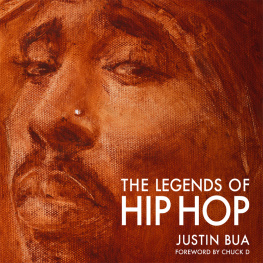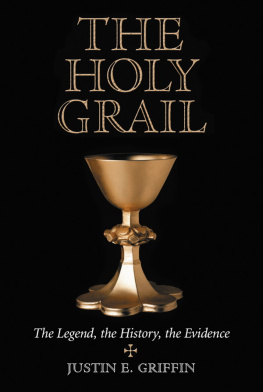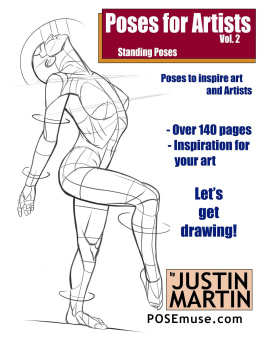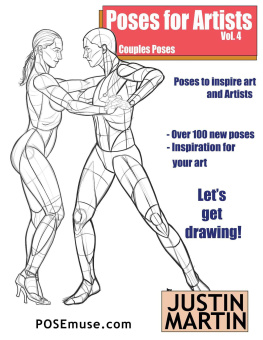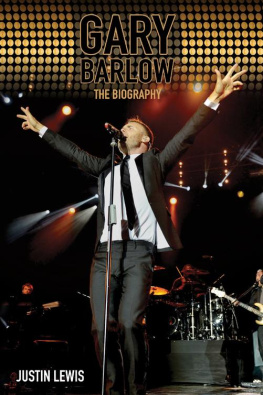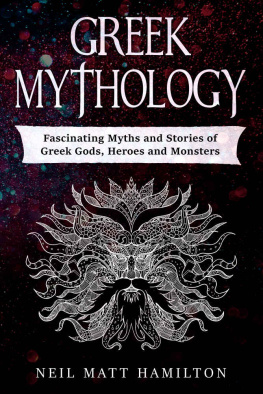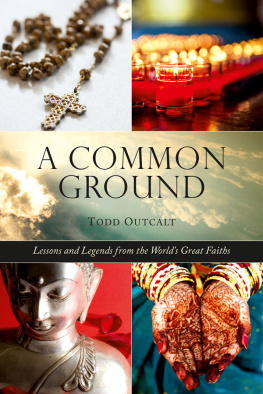CONTENTS

I was raised as an art student. My mom taught community theater. The music my parents played echoed off the walls and halls of our home with voices of artists who we welcomed as family. My grandfather taught me how to draw. I went through high school as a student of graphic design and architecture, which led me into a fantastic college experience that culminated with a degree in design in 1984. But enough of me. This is about old-school hip hop saying, Game, recognize game.
Nearly a decade ago, I was in a gallery in Manhattan when I first peeped this painting of a DJ in electric motion. I was struck by seeing the essence of hip hop illuminated in such a classical style of painting. I couldnt take my eyes off of it. Bias and angular presentations gave off sound and great flowjust on the visual tip alone. The energy reverberated off the walls and into my ears. It felt like the 1970s, 1980s, and 1990s all rolled into one joint. Listed as classic material upon its inception, this paintings description was well-deserved. BUA was the name. Mr. Justin BUA. His work was damn near a flag for the genre I loved so much.
In 2010, I was personally introduced to Justin BUA the artist through a portal of greatness. We came together to work on a project for the legendary Kareem Abdul-Jabbar. BUA was creating complex, standout paintings for the film, On the Shoulders of Giants, a story about the under-heralded and greatly unknown Harlem RENS 1939 championship team. I drove into the arts district of downtown Los Angeles to visit BUA Studios, where we were to be filming an interview get-together with Kareem.
Behind the scenes, BUA and I delved into hip hop and art. He walked me around his giant paint-splattered easel, between stacks of canvases, and by bookshelves filled with the works of art history masters. I told him a bit about my design background and named some of my influencesmasters like Caravaggio, Norman Rockwell, and J.C. Leyendeckerwhose names jumped out at me from BUAs library. BUA took the floor and gave an intense expos on each artist, going deeper and deeper into art, history, fact, and philosophy. Without a Ph.D., the man knew more about art history than any art professor Ive ever known. As he waxed artistic, he wove the legacies of the great masters through time into the fabric of our hip-hop culture.
Justin BUA then showed me the middle stages of his great works-in-progress for The Legends of Hip Hop. Today, we are blessed to witness the culmination of this project by a native New Yorker, born and bred in ball, style, and hip hopwith a Cali-love touch.
Justin BUAs The Legends of Hip Hop is bringing a Nation of Millions the sight and sound of a movement unlike any historical account that has come before. The Legends of Hip Hop, with its first-person narratives together with BUAs portraits of the artists, is an achievement of joy and a lesson at the same time. As you turn the pages, you cant help but hear the soundtrack spit from the pages of this classic, seminal book. So, in the words of the Jimmy Castor Bunch b-boy classic: Its Just Begun. BRING THE NOISEthis is Justin BUAs The Legends of Hip Hop part one!
CHUCK D
Public Enemy
www.publicenemy.com

First things first: This book reflects my personal top picks of the biggest names and legends in the world of hip hop. It is by no means an authoritative list. These individuals have made a profound impact on my life, either directly or indirectly, by virtue of their abilities, talents, and, in some instances, their larger-than-life personalities. In short, these cultural pioneers have helped shape the way I see, hear, and think about the world. I witnessed the birth of hip hop and conversely, hip hop birthed my artistic journey.
The men and women collected here represent some of the worlds biggest names in the history of the game and beyond. In the last twenty years, some of the most influential figures of our time have been hip-hop legends. Not only have they chronicled the social and political climate of our age, but they have also transformed it. They are todays nobility, yet most are from the streets, born not from blue blood but from true blood. Because of their accomplishments, we dress differently, talk differently. We even walk, think, and vote differently. These leaders have made their way into the consciousness of the world.
Historically, portrait artists were enlisted to paint the elite aristocracy of their timekings, queens, dukes, popes, and members of the upper class, the rich. The aristocracy paid good money to have an artist construct a dignified and glamorous portrayal of their life and time; the portrait ensured their place in the canon of history. In simple economic terms: The market dictated the works.
I grew up in New York City during the birth of hip hop, at the peak of Reaganomics. Raised by a working-class mother and an immigrant grandfather who valued art, intellect, and social justice, Ive felt an obligation to both the legacies of historical painters as well as artists who were of the people, by the people, and for the people. I personally relate to those artists who painted the poor and the downtrodden, real people from the streets. Rembrandt humanized his subjects, challenging the forms of idyllic beauty so pervasive in Renaissance art. He was the first artist to challenge the idealized representations of Adam and Eve, depicting Adam as a hairy, sinewy, fear-struck mortal; Eve, as a pear-shaped, fat-padded woman, riddled with cellulite. Rembrandts works spoke to the common man. Artists like Jean-Franois Millet, George Bellows, Jack Levine, Diego Rivera, and David Alfaro Siqueiros tell the story of the working poor, as does van Gogh in his portrayals of peasant life, Honor Daumier in his illustrations of the inequities of class, and Kathe Kollwitz in her depiction of poor peoples uprisings. These artists revealed the unwritten truth of their time and did so by capturing the rawness of life. They gave a voice and a face to the oppressed and the forgotten, and were able to do so by expressing the latent emotion of their subjects. Art captures what lies beneath. So, while I aim to celebrate the strengths of my subjects, I also hope to dig beneath the surface a bit, if only to reveal genuine emotion or truth, in the purest sense of the word.
At my own gallery shows, I love to observe and listen to people dissect my art. Sometimes the critique is completely on point, and sometimes its more complicated, and the commentary, while having little to do with my original intention, is so insightful that it resonates more powerfully to me than my own thoughts. Artwork reveals a kind of truth that may not be fully understood until we see it reflected back to us. (When Picasso painted a dark, strange, and brooding portrait of Gertrude Stein, for example, he famously commented, Everybody says that she does not look like it, but that does not make any difference. She will.) Portrait painting has been a provocative and historical viewfinder through which we see our culture. For this reason, I felt that it was of utmost importance for me to chronicle the legends of hip hopthe kings and queens of my timein paint, portraiture style.
This project is a culmination of all the legacies I admire and relate tofrom the techniques and skills of master painters, to the creativity of MCs, DJs, dancers, and graffiti writers. I wanted to do right by all of them, documenting history, telling truth, and capturing their essences. While this book relates the history of hip hop, it also tells my story. I truly feel that my artistic journey, starting from the place and time I was bornNew York City in 1968has destined me to create this book, my favorite collection thus far. In the 1990s, when I first wanted to put out posters of hip-hop imagery, I came up against a brick wall of resistance. At the time, the market felt that works like

